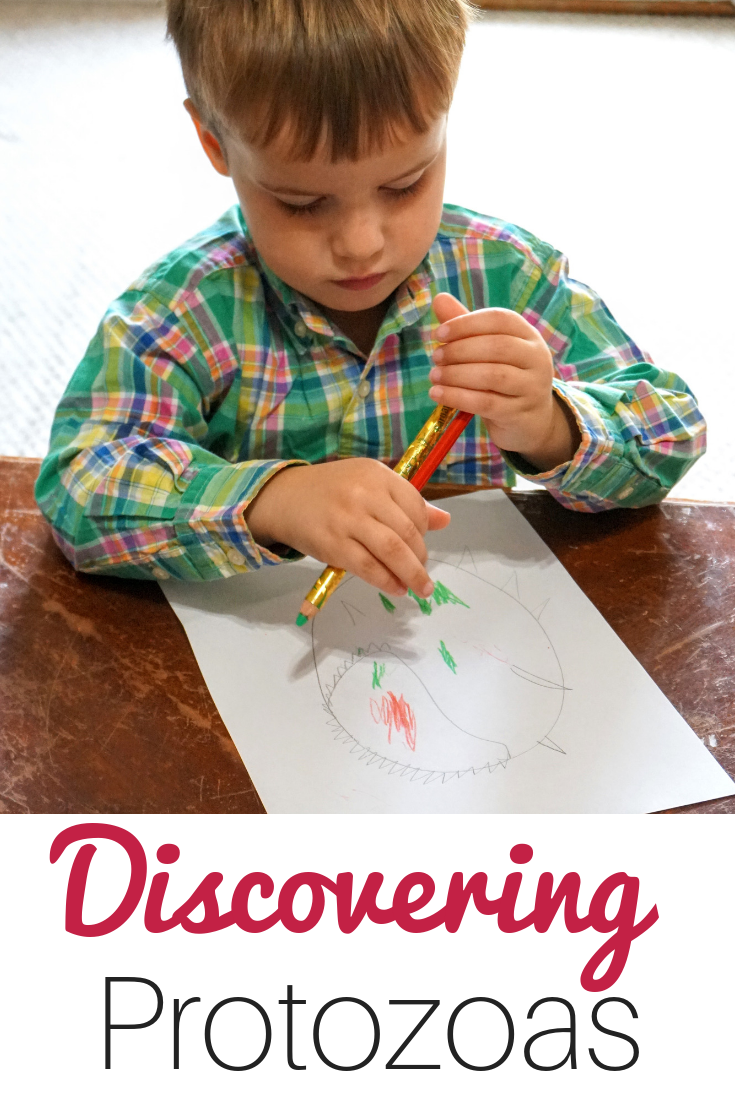
Although we live in a subdivision, we have an expansive lot, with plenty of room for a passel of kids to explore nature.
Trees for climbing? Check.
Cul-de-sac for riding bikes, skates, and scooters? Double check.
Creek for getting muddy and checking out frogs, salamanders, snakes, and turtles? Triple check.
One beautiful fall day, I was in the kitchen washing the millionth load of laundry, while the kids played in the back yard near the creek. I was languishing in the peace and quiet, before hearing a screech from Rachel.
“Mooooooooooom!! Daniel’s drinking creek water!”
Let me explain this creek a little better.
It’s not fed by natural springs, mind you. It’s an area that runs between the lots in our subdivision, and floods with lots of rain. So, instead of a creek, it’s more of a drainage ditch of sorts. When it rains for days on end, my kids even ride kayaks up and down the creek.
My husband lets this part of our yard grow over, much to the dismay of our neighbors. It’s just a place for my children to have fun being kids.
But ….. it’s not a place that I want my children to consider a water source. She brought him to the house, muddy as a pig, and I briefly considered washing his mouth out with soap. Or maybe calling Poison Control.
Sigh.
After a deep breath, a bath, a thorough face washing, and a glass of clean tap water, I decided that a science lesson was necessary. One in which we discuss WHY we don’t drink gross water that runs off from our yard. Yuck.
In my closet, I have a ‘When I Have Time’ box. This is filled with things like crafts, art projects, and science activities. You know the drill. The homeschool ideas that our kids adore, but we never seem to have the time to investigate.
After the Creek Water Debacle, I felt that the time dedicated to learning about what lives in the water would be time well spent for my crew. They were thrilled, of course, because my guys love science.
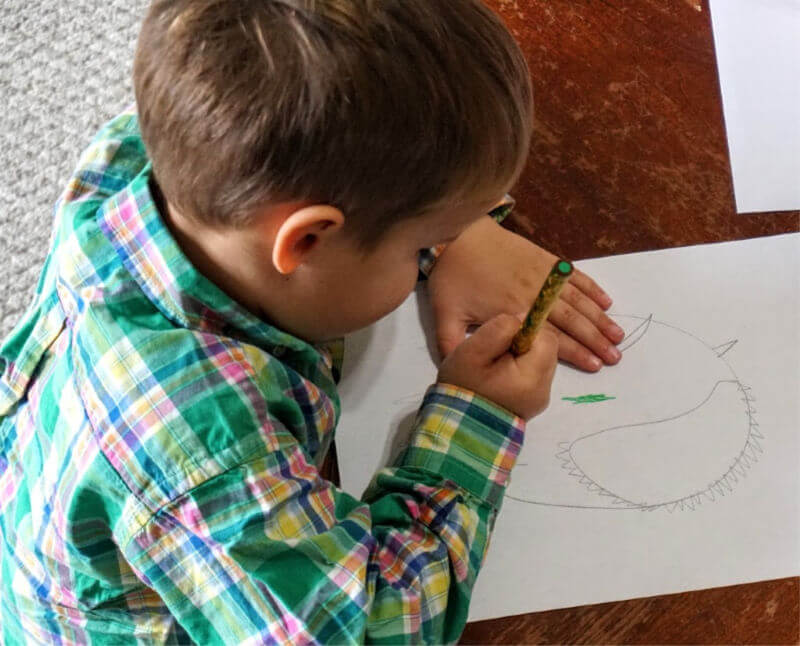
Home Science Tools provided us with a free kit, and compensated me for our time. All opinions are my very own.
Studying Protozoa in Your Homeschool
I pulled out a Protozoa Culture Kit and cleared off some space to work.
The protozoa kit takes a few days to grow, so this isn’t a project you can get through in an afternoon. It’s super simple to set up, but your children will have to leave the culture alone for three days.
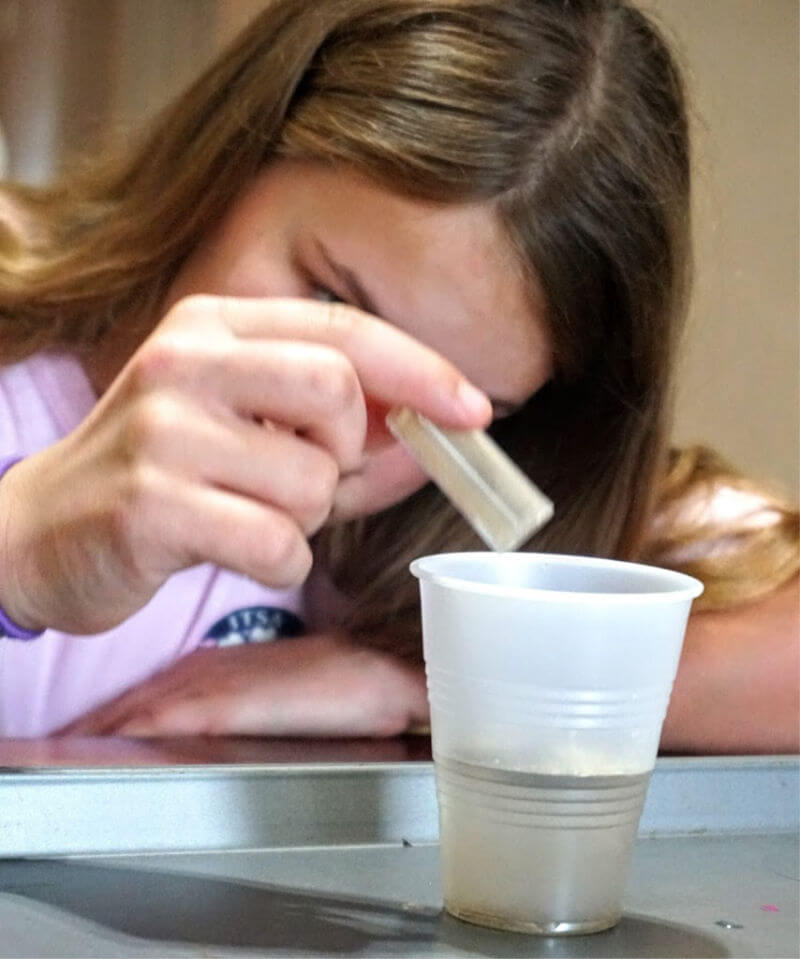
You’ll need some spring water or natural water to get your dry culture started. We don’t buy bottled water, but Adam had left a container outside on the driveway. We collected rainwater for this experiment.
Getting the culture started is a piece of cake. Homeschool Science Tools sends you a dry culture, and you just add it to water and let it sit, undisturbed, for 3 days. Our tricky part was keeping it in an area with constant temperatures, that wouldn’t be disturbed.
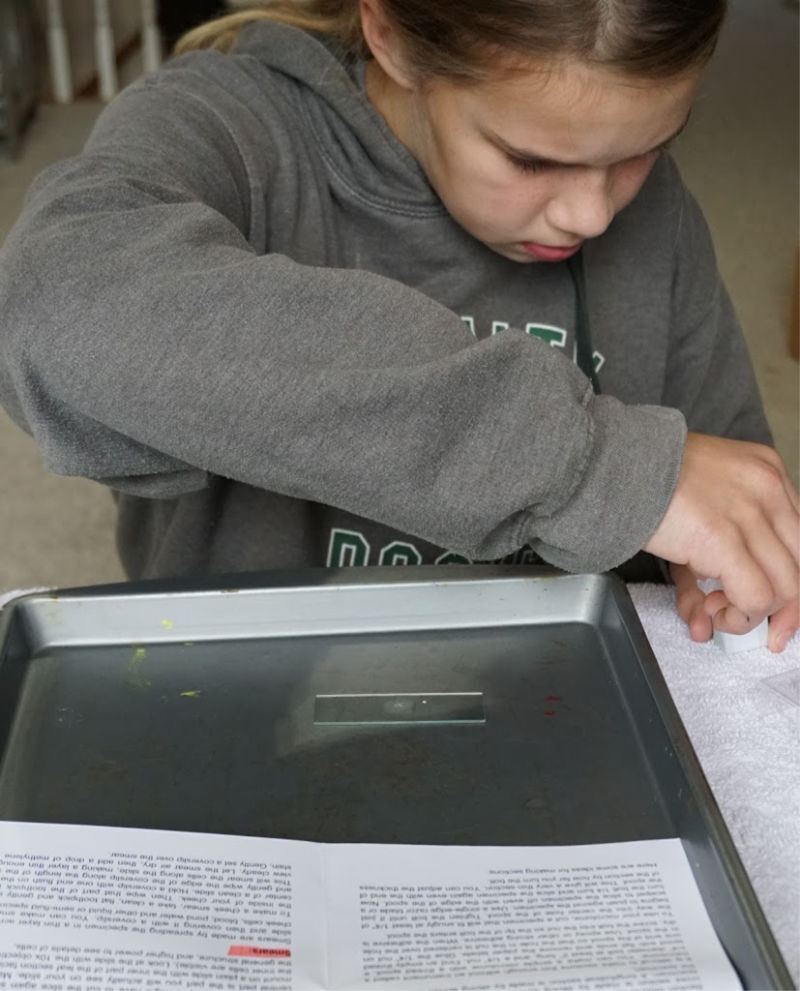
Once the culture was ready, I let Rachel take over. She’s learned how to make microscope slides this fall, and she took samples from the water, crafting slides for herself and the boys to examine.
By sampling water from different levels of the cup (top, middle, bottom), and on a few different days, we were able to spot a wide variety of protozoa.
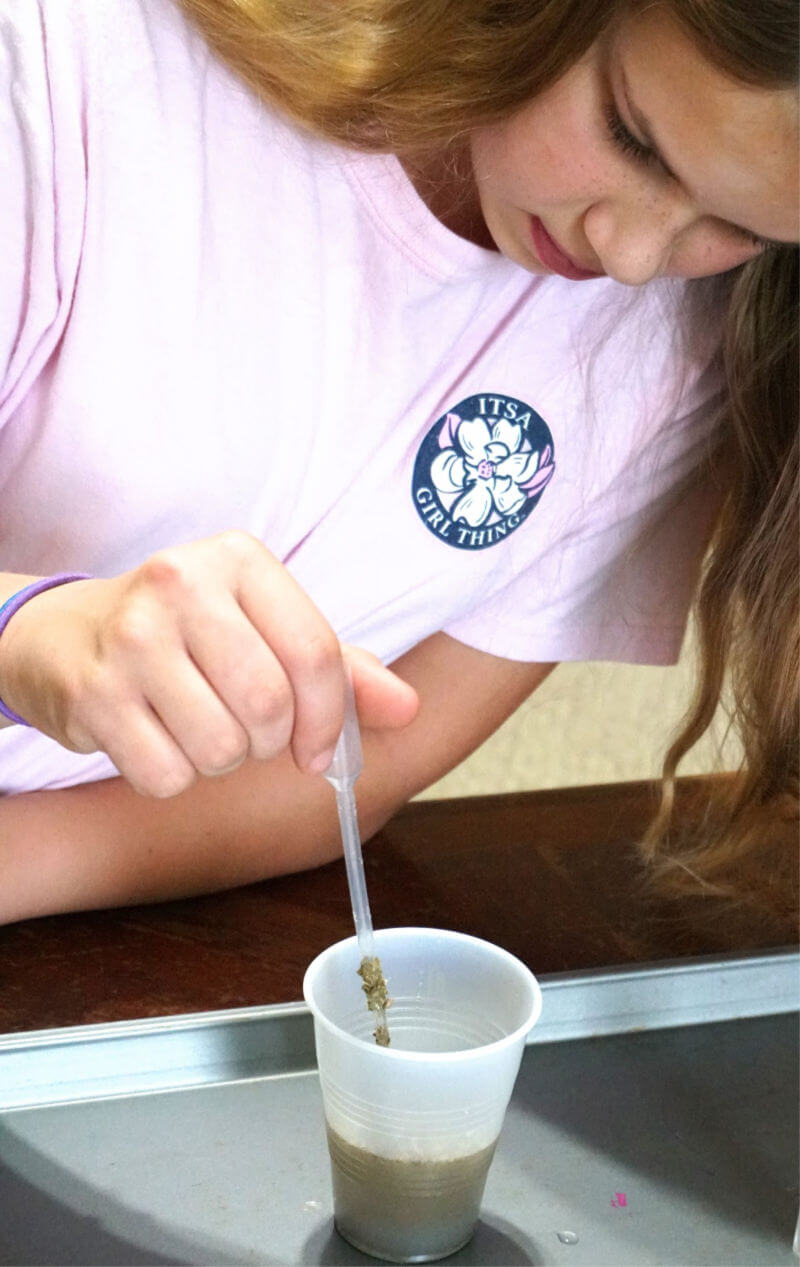
HST provides a guide to the different protozoa that may be contained in the sample. Once the children had finished examining the organisms under the microscope, I put them to work. I requested that they draw what they saw under the microscope, and then we talked about the microscopic animals. We discussed how they moved (flagella versus amoebic movement), any color they saw, and when the animals appeared (first day versus later).
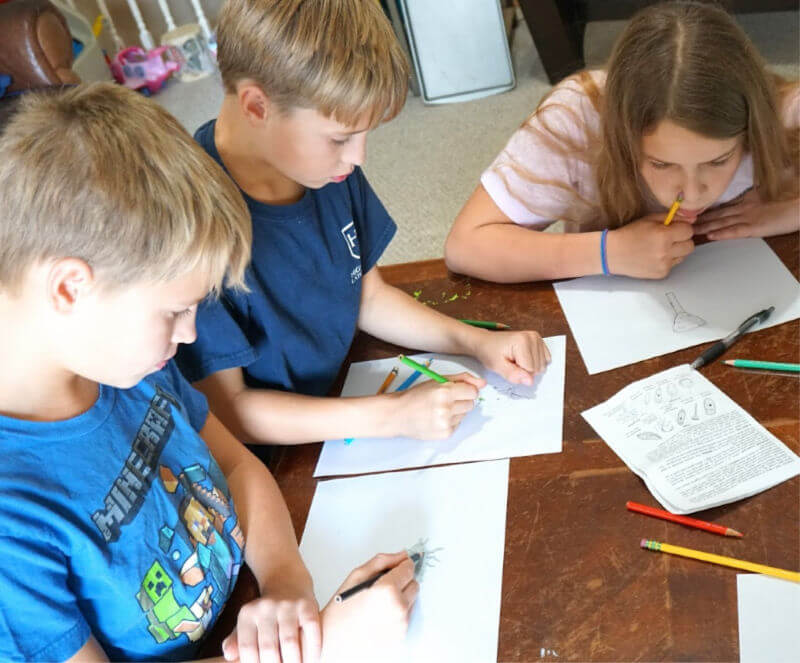
We also spent a lot of time talking about the protozoa that are considered water contaminants, and why we only need to drink clean water. (I’m looking at YOU, Cryptosporidium!)
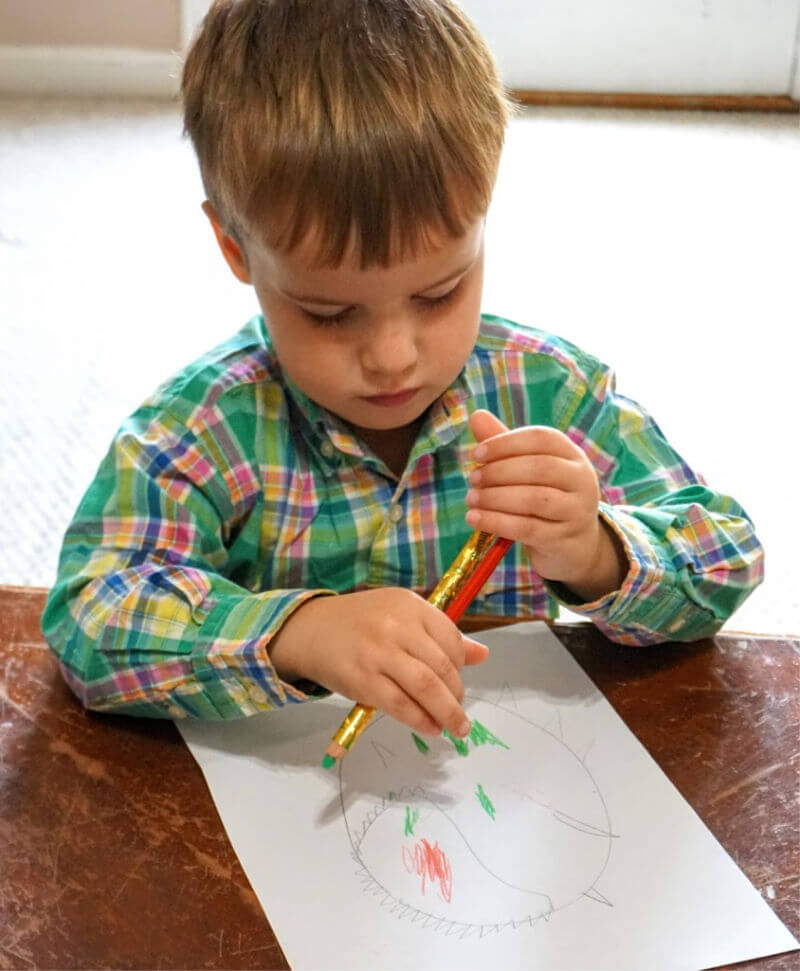
Rather than getting a lecture from Mom that they tuned out, my kids were able to see the connections, based on exploration. It’s a lesson that will stick with them longer than just listening to a lecture from me.
What about your family? Have you pulled out the microscope and checked out the animals that you can find in water? I’d love to hear from you!
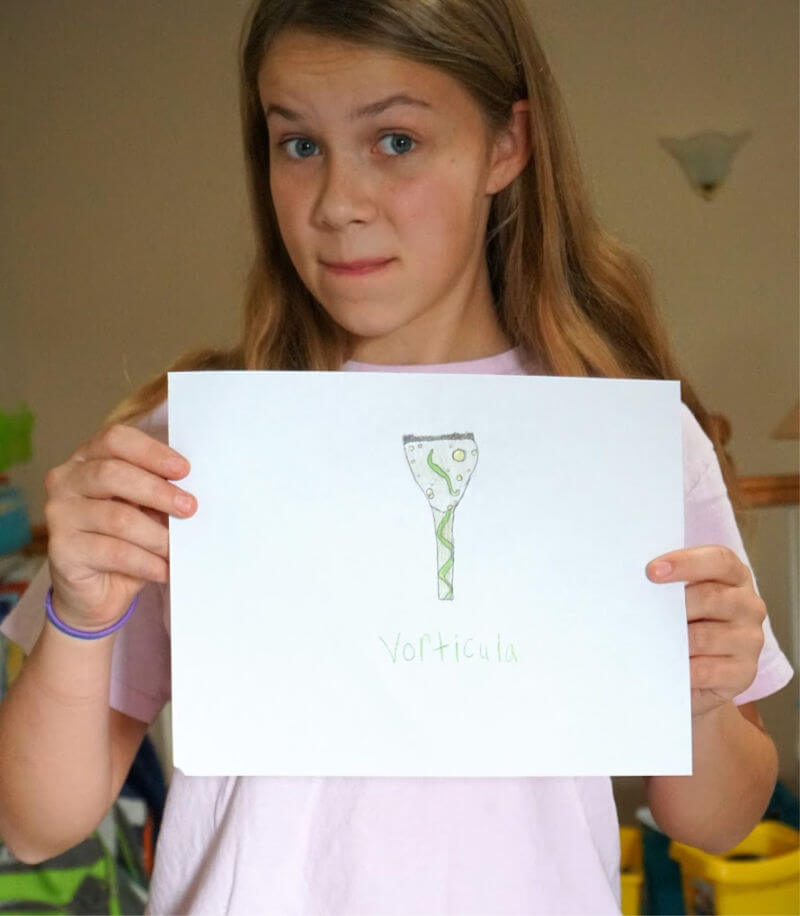

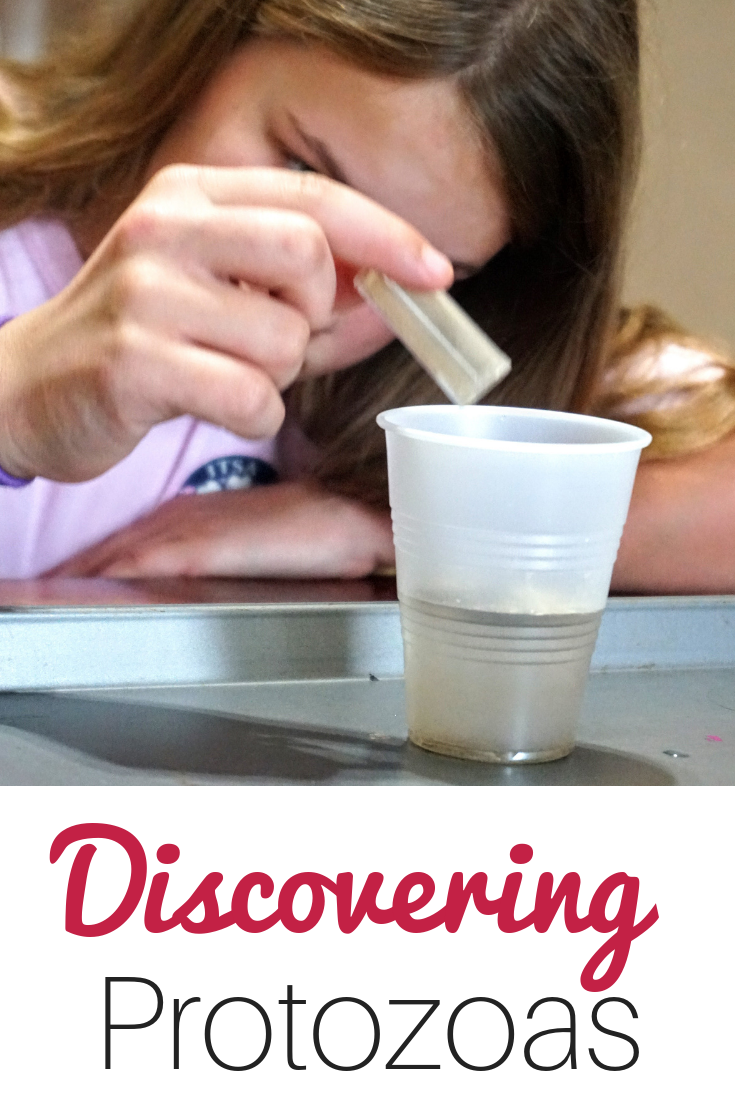
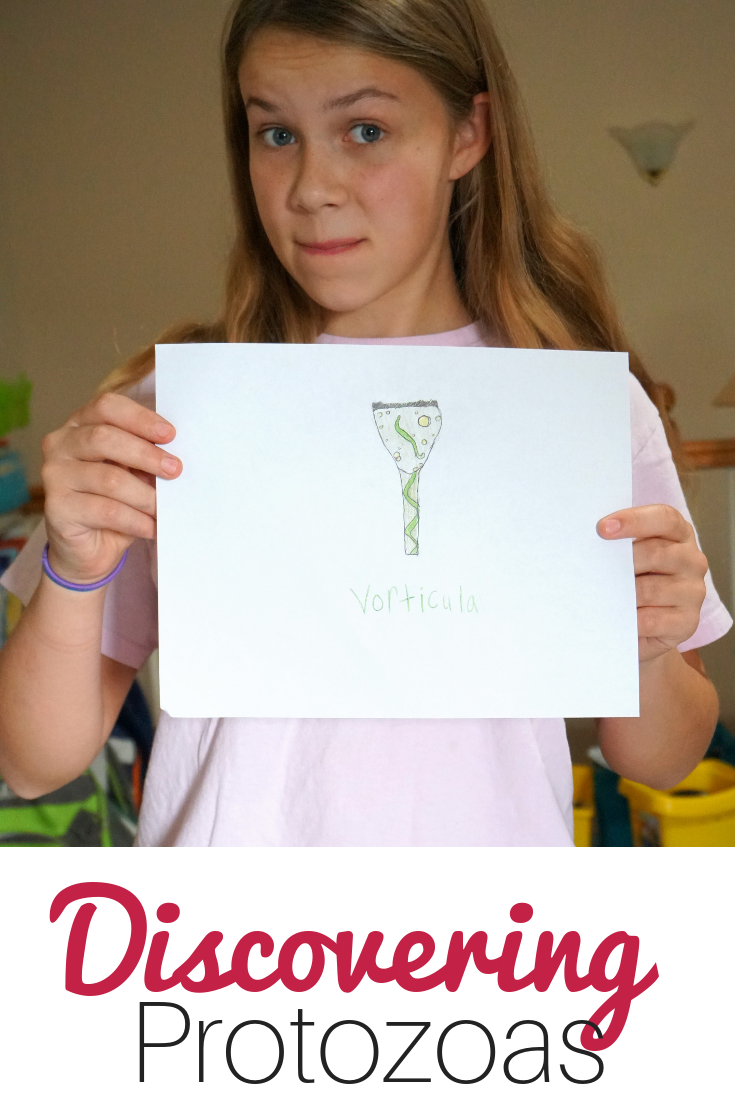
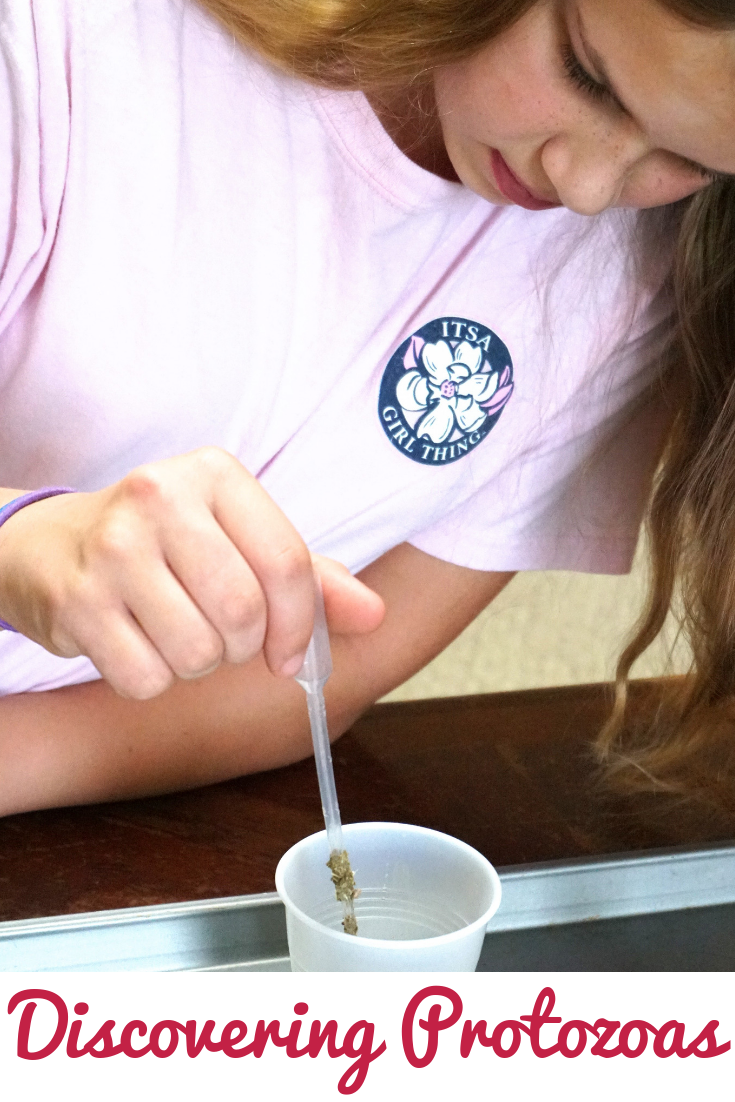
Leave a Reply